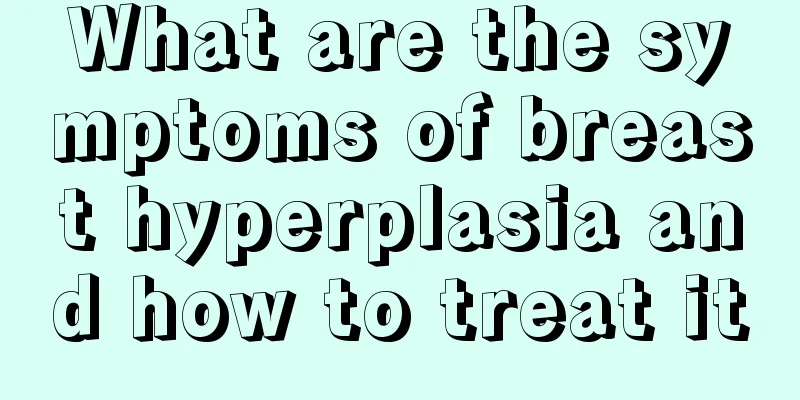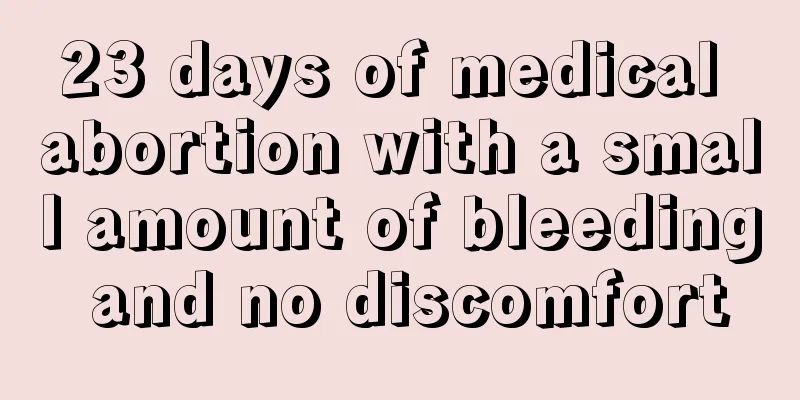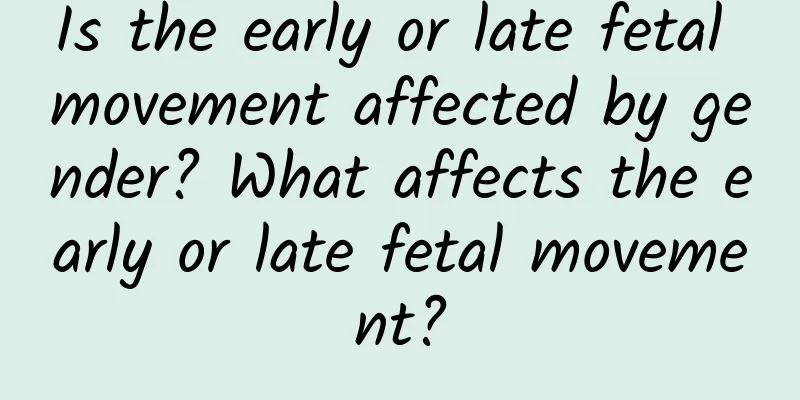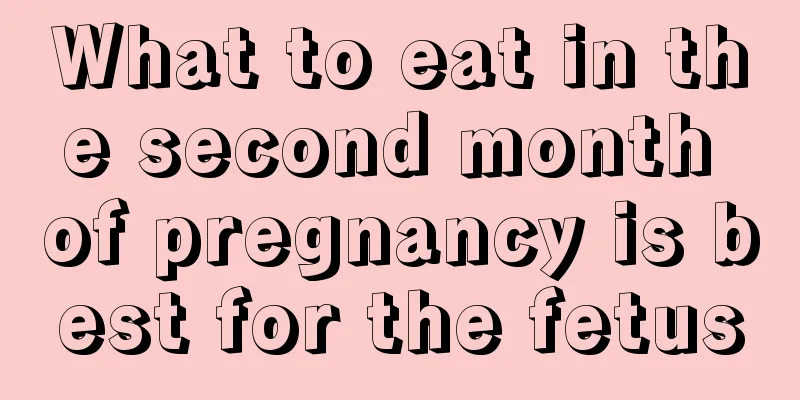What are the symptoms of breast hyperplasia and how to treat it

|
Breast hyperplasia can be said to be one of the more common breast diseases in women. In medicine, it has many names, which is quite confusing. So what are the symptoms of breast hyperplasia and how to treat it? Breast pain and lumps are the main clinical manifestations of this disease 1. Breast pain: It is often distending pain or stabbing pain, which may affect one or both breasts, with one side being more severe. Those with severe pain cannot touch the breast, and may even affect their daily life and work. The pain is mainly in the breast lump, and may also radiate to the affected armpit, chest, ribs, shoulders and back. Some people experience nipple pain or itching. Breast pain often occurs or worsens a few days before menstruation, and the pain is significantly reduced or disappears after menstruation. The pain may also fluctuate with mood changes. This pain related to the menstrual cycle and mood changes is the main feature of the clinical manifestations of fibrocystic fibrosis. 2. Breast lumps: The lumps can occur in one or both breasts, single or multiple, and are more common in the upper outer quadrant of the breast, but can also be seen in other quadrants. The lumps can be in the form of flakes, nodules, cords, or granules, among which flakes are the most common. The lumps have unclear boundaries, are of medium or slightly hard texture, are mobile, have no adhesions to surrounding tissues, and are often tender. The lumps vary in size, ranging from as small as millet grains to larger than 3 to 4 cm. Breast lumps also change with the menstrual cycle, increasing in size and becoming harder before menstruation and shrinking and softening after menstruation. 3. Nipple discharge: A small number of patients may experience nipple discharge, which is spontaneous, straw-yellow or brown serous discharge. 4. Menstrual disorders: Patients with this disease may also experience irregular menstruation, small amount of menstruation or light color, and may be accompanied by dysmenorrhea. 5. Emotional changes: Patients often feel depressed or irritable, which worsens when they are angry, stressed or tired. Drug treatment: Most cystic hyperplasia can be treated non-surgically. Use a bra to lift the breasts. Traditional Chinese medicine to soothe the liver, regulate qi and harmonize the body can relieve pain. When the pain is obvious in the premenopausal period, you can take methyltestosterone 3 times a day before menstruation, 5 mg each time. You can also take progesterone orally 5 to 10 mg per day for 7 to 10 days before menstruation. In recent years, the use of vitamin E treatment has also had a pain-relieving effect. For those whose lesions are limited to a part of the breast and who still have obvious lumps after menstruation, surgical treatment can also be used. Treatment under the guidance of a doctor: Western medicine includes 5% potassium iodide. Those with severe pain can try methyltestosterone, which should be taken orally one week before menstruation to avoid further disrupting the delicate balance of hormones in the human body. |
<<: How to treat and prevent cervical hypertrophy
>>: What are the small bumps on the areola?
Recommend
Dietary considerations for breast hyperplasia
In daily diet, when it comes to breast hyperplasi...
How long does it take to prepare for pregnancy after removing the ring?
After giving birth to a baby, many women choose t...
What causes vaginal swelling and itching?
Vaginal redness, swelling and itching have become...
Knee joint pain caused by long-term sitting
The knee joint is an important joint in our body,...
Why does it hurt when I press my chest?
Women's breasts are an iconic organ, but they...
After a miscarriage, the lochia comes back again
Women experience lochia after abortion or giving ...
Reasons for delayed menstruation for 10 days
In fact, in daily life, female friends during men...
Early pregnancy twins B ultrasound picture
When a woman becomes pregnant, it is a very happy...
What effects does mold have on the fetus?
During pregnancy, the hormone levels in a woman&#...
Brown discharge during non-menstrual period_Brown discharge during non-menstrual period
Women's health issues have always been a matt...
Why do you feel cold in early pregnancy?
The early stage of pregnancy is the most importan...
Can you feel it when you are three months pregnant?
Women are really happy during pregnancy, especial...
What are the dangers of anemia in women
Maybe many of us don’t have a clear understanding...
Menstruation sometimes comes and goes
The normal menstrual period for women is about 3 ...









